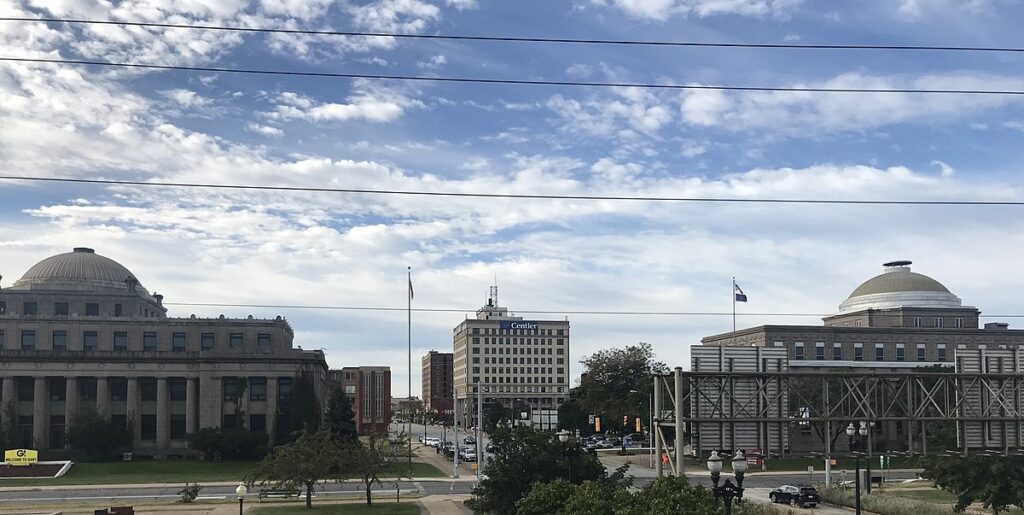
Moving to Gary, Indiana: A Comprehensive Relocation Guide
Considering moving to Gary, Indiana? This northwest Indiana city of approximately 67,000 residents offers Lake Michigan access and historic steel industry heritage. Here’s your comprehensive guide to relocating to Gary in 2025.
Demographic Profile to Consider If Moving to Gary:
Gary sits on Lake Michigan’s southern shore in Lake County, approximately 25 miles southeast of downtown Chicago. Founded in 1906 by U.S. Steel as a company town, Gary grew rapidly through the mid-20th century, peaking at 178,000 residents in 1960. The city has experienced significant population decline, reflecting broader Rust Belt deindustrialization patterns. The current population of approximately 67,000 is predominantly African American, with a median age of 36 years. The Miller Beach neighborhood on the east side maintains distinct character with beach access and residential stability. The city’s western gateway position to Indiana Dunes National Park provides unique natural resources. Find trusted local services for moving, living, and working in Gary.Gary Relocation Directory
Cost of Living to Consider If Moving to Gary:
Gary offers extremely affordable living with median household income around $37,000. Housing costs rank among Indiana’s lowest, with median home values around $85,000 providing accessible ownership opportunities. The poverty rate exceeds 30 percent, reflecting ongoing economic challenges. However, affordability combined with Lake Michigan access and Chicago proximity creates value propositions for specific populations including artists, retirees, and those priced out of Chicago markets. Property taxes and utilities remain low. The city works to stabilize neighborhoods and attract investment.
Economy and Job Market:
Gary’s economy centers on U.S. Steel’s Gary Works, the largest steel mill complex in North America, though employment has declined dramatically from historical peaks. Healthcare employs significant workforce through Methodist Hospitals. The Hard Rock Casino opened in 2021, providing entertainment industry jobs. Retail and service sectors support local employment. Many residents commute to Chicago or surrounding Lake County communities for work. The unemployment challenges reflect the loss of manufacturing employment and limited economic diversification. Economic development efforts focus on leveraging lake access, casino development, and regional logistics. The city works to attract investment and stabilize its economic base.
Education:
Gary Community School Corporation has faced significant challenges, closing 21 schools due to budget constraints and declining enrollment. Remaining schools serve students with limited resources compared to neighboring districts. Indiana University Northwest provides higher education access with programs focused on regional workforce needs. Ivy Tech Community College serves students seeking vocational training. Educational challenges reflect broader economic and population trends. Families prioritizing education often consider neighboring communities with stronger school systems while maintaining Gary residence for affordability.
Recreation and Lifestyle:
Gary’s greatest asset is Lake Michigan access and position at the western gateway to Indiana Dunes National Park. Miller Beach neighborhood features public beaches and dune access. The Paul H. Douglas Center for Environmental Education serves visitors. Marquette Park provides lakefront recreation. The Michael Jackson Family Home pays tribute to the city’s most famous residents. Downtown Gary features historic architecture though many buildings remain vacant. The city’s casinos provide entertainment options. Lake Michigan beaches offer swimming, fishing, and natural beauty. Community organizations work to revitalize neighborhoods and celebrate the city’s heritage.
Healthcare and Services:
Methodist Hospitals Northlake Campus provides healthcare services including emergency care and general medical services. The healthcare infrastructure has contracted from historical levels but maintains essential services. Residents access additional healthcare in surrounding Lake County communities and Chicago facilities. The healthcare sector provides employment while serving community medical needs. Access to Chicago medical centers supplements local healthcare options.
Transportation:
Interstate 90 (Indiana Toll Road) runs through Gary’s southern section. U.S. Route 12 follows the lakefront. The South Shore Line commuter rail connects Gary to Chicago, providing crucial access to employment and entertainment in the city. Gary Public Transportation Corporation operates limited bus service. The closure of Cline Avenue has affected regional access. Gary Chicago International Airport serves general aviation. The city’s position on major freight rail lines supports industrial operations. Chicago’s airports remain accessible for air travel.
Conclusion:
Moving to Gary in 2025 requires realistic understanding of challenges including population decline, economic struggles, and infrastructure issues. However, the city offers exceptional affordability, Lake Michigan access, Chicago commuting via South Shore Line, and potential for those seeking value properties or participating in revitalization efforts. Gary appeals to specific populations including artists, Chicago commuters seeking affordability, and those valuing lakefront access with understanding of urban challenges and long-term development potential.

